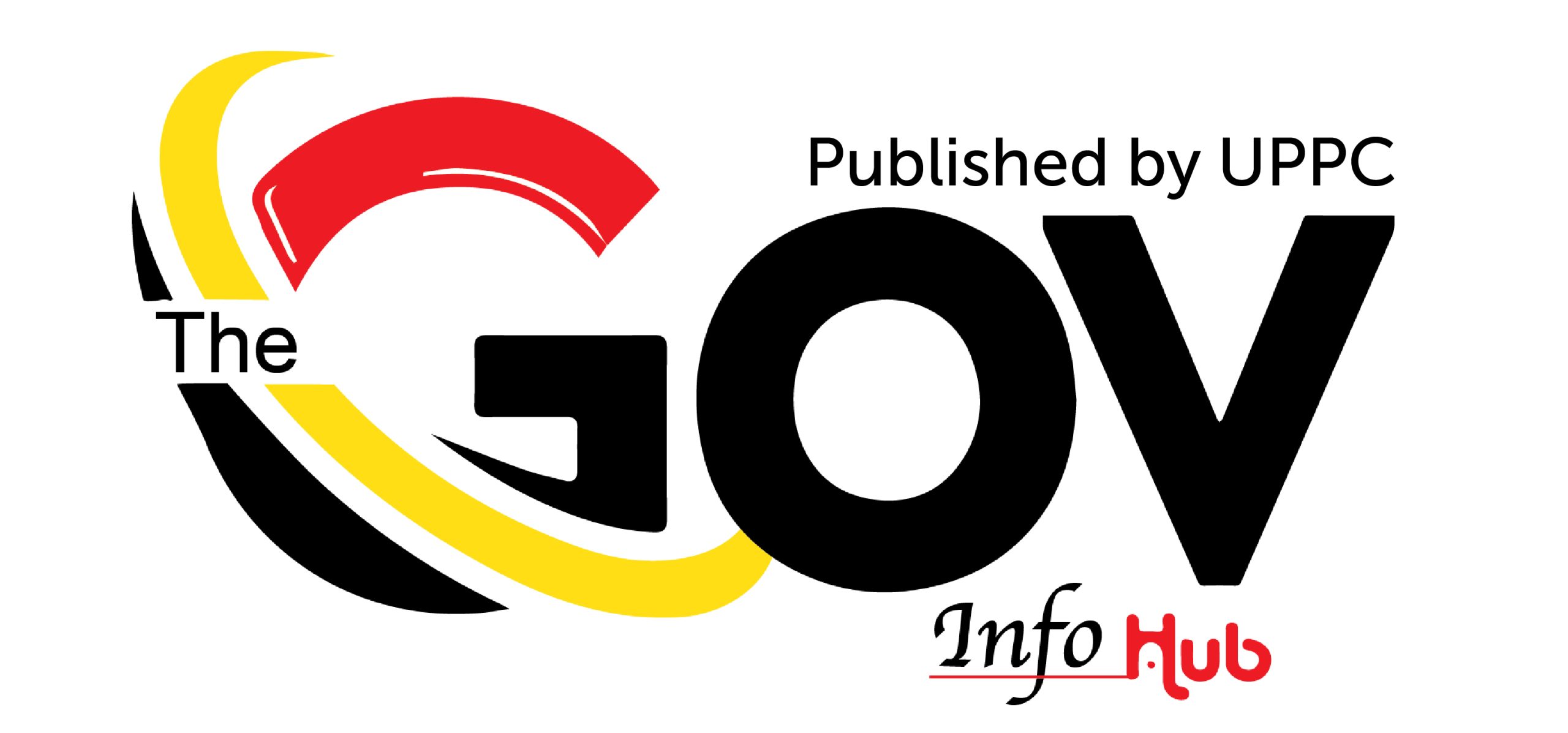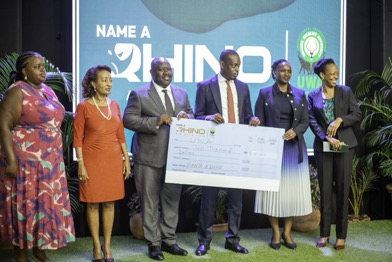By Fidel Boy Leon
“When the last tree dies, the last man dies.” In Africa, wisdom often comes wrapped in proverbs. This one, spoken for generations, warns that the fate of people is bound to the fate of the natural world.
Uganda’s rhinos are living proof of this bond, majestic creatures once lost to poaching and habitat destruction, are now making a cautious return. But their survival depends on more than luck or biology. It depends on deliberate, sustained action from all of us.
That’s the spirit driving Uganda’s first-ever Rhino Naming Ceremony, set for September 22 at Ziwa Rhino Sanctuary in Nakasongola District. Announced at a high-level breakfast meeting in Kampala, the event will be presided over by President Yoweri Kaguta Museveni and marks a milestone in the Name A Rhino Campaign, a five-year, $11 million (UGX 40 billion) initiative launched in 2024 to secure and expand Uganda’s rhino population.
The concept is simple but powerful: individuals, companies, and philanthropists can symbolically “adopt” and name one of Uganda’s rhinos, with proceeds funding habitat expansion, veterinary care, anti-poaching operations and community conservation programs.
UWA Executive Director Dr. James Musinguzi explained that this moment is both a celebration and a call to action.
“This will be a celebration of how far we have come, from extinction in the wild in the 1980s to now having 48 rhinos in Uganda. “It’s also a call to action, a chance for people and organisations to leave a lasting legacy by naming one of 17 calves and juveniles, while directly supporting conservation.”
Rhinos once roamed Uganda’s plains in abundance, but by the 1980s, poaching and habitat loss had driven them extinct in the wild. In 2006, Ziwa Rhino Sanctuary began a breeding program with just six Southern White Rhinos. Since then, 40 calves have been born, bringing the population to 48–46 of them at Ziwa.
The Naming Campaign is part of a broader plan to sustain breeding efforts, reintroduce rhinos into the wild, starting with Ajai Wildlife Reserve, strengthen anti-poaching measures and enhance community engagement in conservation.
State Minister for Tourism, Wildlife and Antiquities Martin Mugarra Bahenduka highlighted that reintroducing rhinos to Ajai will not only restore biodiversity but also link the West Nile region to Uganda’s tourism circuit, creating jobs and economic opportunities.
“Rhinos are part of our natural heritage and an asset that can drive tourism, jobs, and sustainable growth. “When you name a rhino, you are not just giving it an identity… You are securing its future and the future of conservation in Uganda.”
Uganda Tourism Board CEO Juliana Kagwa echoed this, calling the campaign a platform to showcase Uganda’s commitment to sustainable tourism, while reminding stakeholders that protecting wildlife safeguards the country’s competitive advantage in the global tourism market.
Under the National Rhino Conservation and Management Strategy (2018–2028), Uganda aims for an annual rhino population growth rate of at least 5% through enhanced security and law enforcement, the reintroduction and establishment of new populations, building national capacity for wildlife management, and expanding education and public awareness are key strategies aimed at protecting and sustaining wildlife resources.
A dedicated rhino translocation committee is working to ensure rhinos reach Ajai Wildlife Reserve before the year’s end.
Conservation isn’t just about saving animals, it’s about sustaining entire ecosystems, supporting livelihoods, and preserving heritage. Uganda’s rhinos are a living reminder that with vision, commitment, and community, extinction can be reversed.
And as the proverb warns, our survival is bound to theirs. If the rhinos thrive, so too will the landscapes, communities, and economies that depend on them.


